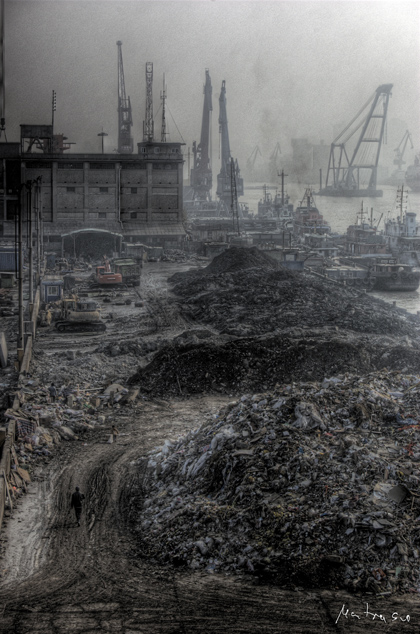Dioxins, the dirtiest of the ‘dirty dozen’ group known as the POPs (persistent organic pollutants), are colorless, odorless and highly toxic substances whose existence dates back to the first volcanoes and forest fires. However, it was only around the 1840s when the first man-made dioxins were produced in a German factory. One of the deadliest among the 25-odd dioxins, code named as ‘agent orange,’ was used during the Vietnam War, and still contributes to birth defects and abnormalities in newborns in the area.
In the past decade a lot of new findings surfaced, proving dioxins to be much more toxic and hazardous to human health than was earlier thought. Cancer is just a start. From diabetes to reduced sperm counts to imbalanced hormonal systems, dioxins are by far the most researched toxins in history. Industries using paper, pulp, garments, wood, paint, chlorine and vinyl plastic are the major contributors of dioxins to land, water and air. They can also be produced at home by your normal backyard burning of waste. Though dioxin levels have been considerably curbed in the last few years, there are still enough released into the environment to pose a major threat.
“It is like asking what is the safe level of poison in your coffee…zero.”
But what are the safe amounts of dioxins, so as to be…well, safe? To find out, I met up with Binu Lal, head of the dioxin group at an MLAP (Measurement Laboratory Accreditation Program) certified laboratory in Japan. “It is like asking what is the safe level of poison in your coffee,” he said. “Zero.” He gave me a snapshot about the dioxin testing done at his lab. “A large number of companies, both big names and small outfits, are scouring up to get this regulation testing done. A six-liter sample of industrial waste is mixed with some solvents involving a series of complex steps to separate the unwanted stuff. About 20 micro liters (a single drop in a test tube) is all that is left of the sample. And about ten pico grams (one pico gram equals one trillionth of a gram) in that test tube constitute dioxins, barely conforming to the current regulation values. Those ten parts of a trillionth of a gram is all it takes to enter the food chain.”
No one sets out to manufacture these dioxins. They are by-products of industrial processes. Once produced, dioxins can’t be easily destroyed. They have to go somewhere—just pray that they don’t end up in the fish on your plate. Today, especially in Japan, the biggest culprit is improper incineration of municipal and industrial waste. Because of its penchant for incinerating 85 percent of its trash, Japan has ten times more dioxin polluted air than other developed nations.
Environmental watchdog Greenpeace has long advocated zero level dioxins. But the industry argues that this would mean stopping all traffic, all factories and eventually asking nature to stop. Perhaps both the views are extremes; what we need is organizations like Greenpeace to keep that pressure up, while the industry innovates for new sustainable materials. When it comes to dioxins, there is no safe value—it is either zero or one.
External Link:
Dioxins, Wikipedia









